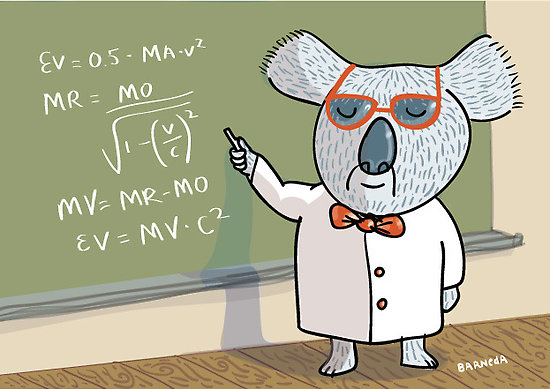 The Australian Academy of Science has published a report calling for an investment of AUS$200 million over 10 years to build a computer system that has the capacity for thought and intelligent decision-making.
The Australian Academy of Science has published a report calling for an investment of AUS$200 million over 10 years to build a computer system that has the capacity for thought and intelligent decision-making.
It wants to do it the hard way.
The report describes the $3bn US BRAIN initiative as seeking to map the human brain in great detail, and the $1.2bn European-led Human Brain Project as seeking to model a functioning brain.
It recommends that Australia takes a different approach, by working out how the human brain generates thoughts, and then replicating this inside a computer.
My layman’s understanding is that there are three main ways to go about building an artificial mind. To over-simplify hideously:
The first is to reverse engineer the human brain, mapping how the 85bn neurons connect with each other, and copying the resulting map (called the “connectome”, by analogy with the “genome”) in silicon. BRAIN and the HBP are essentially on this track.
The second is to take an existing artificial intelligence system (like IBM’s Watson, or Google’s search engine) and keep improving it, adding more and more functionalities until eventually it can do everything a human brain can do and becomes an Artificial General Intelligence, or an AGI. Ben Goertzel is one of the most prominent scientists adopting this approach.
The third is to figure out how the human brain really works, probably using a combination of the first two approaches. This means finding out how a human brain generates thoughts, in a subjective, experiential sense as well as in an objective, external sense. Only then do you create your artificial equivalent. This has to be the hardest approach to take, and it seems to be what the Australians are proposing to do for less than a tenth of what the Americans are spending.
They don’t lack ambition, those Aussies.


